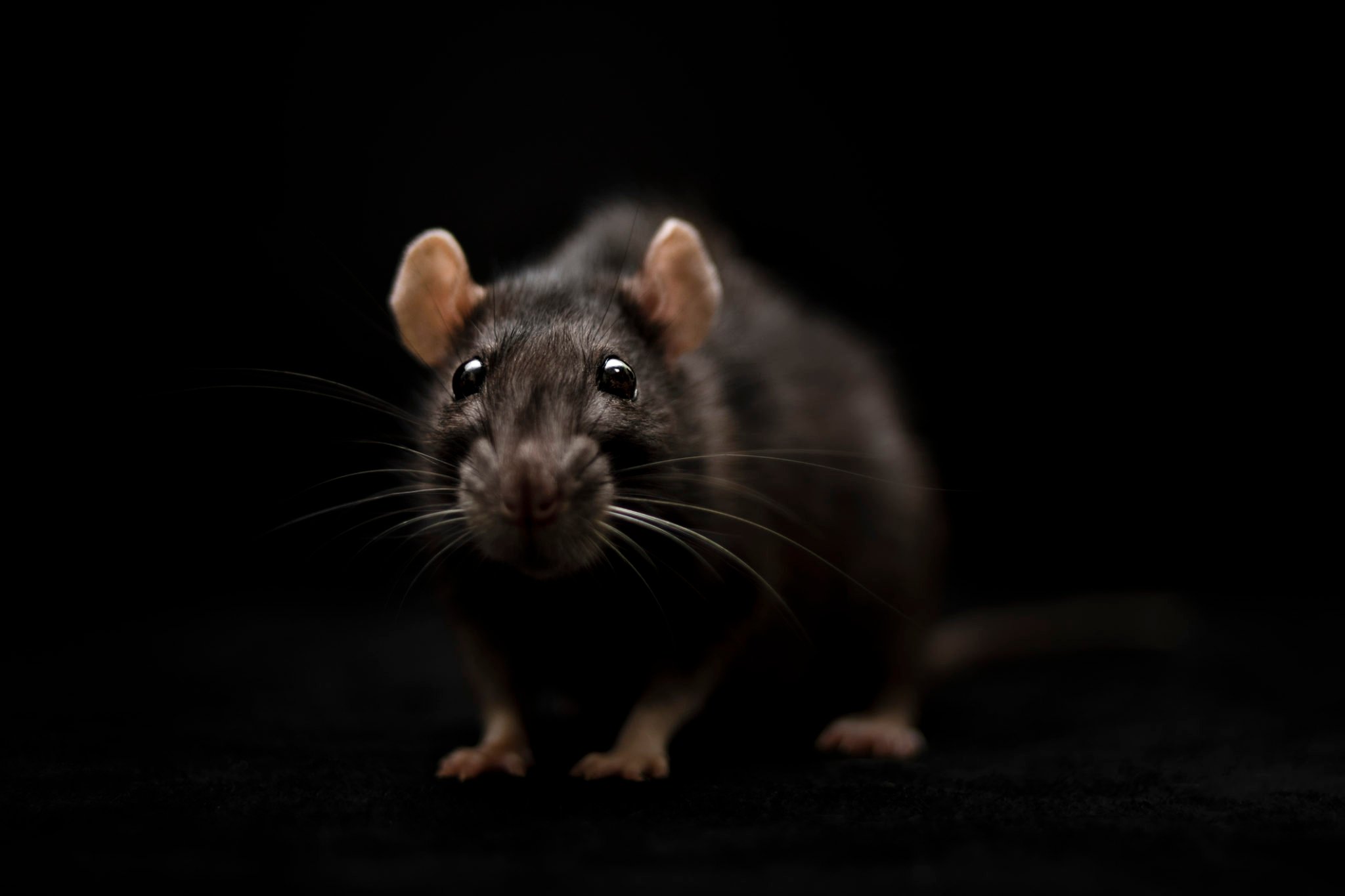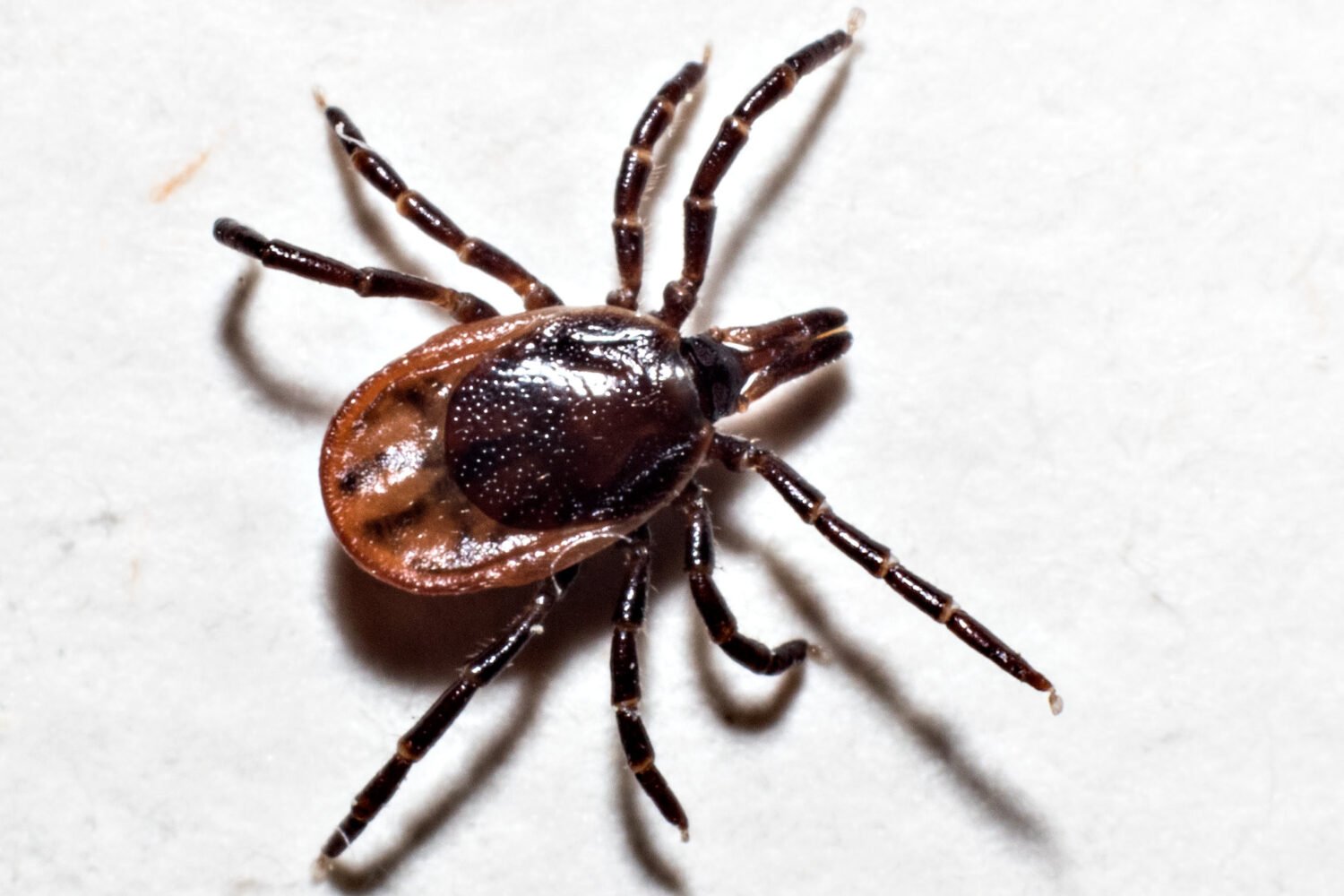Imagine you have a choice between two meals. The first is pizza, served in a delivery box, the same delicious pie you’ve been eating without incident your whole life. And the second? It’s, uh, something. An off-brand Powerbar, maybe? Definitely processed. An indeterminate meal-like substance. Doesn’t smell terrible. Probably tastes fine. But still. Oh, and to ingest this mystery meal, you have to duck into a big, dark box the size of a bedroom, which isn’t the least bit suspicious.
So, which would you pick? The pizza? Of course you would. And that leads to another question: do you think rats are freaking stupid?
Friends, I am here to tell you: they most certainly are not. Rats have not survived and thrived and spread to every continent except Antarctica by being knuckleheads. They are smart. Adaptable. Cunning. Rats are also—and please note the below image—not going to pass up some crust and pepperoni scraps for whatever mass-produced rat poison is in the already-scary box.

I snapped this photo last week, in a parking garage in Northwest DC. It is hardly a work of art; no filter will make its composition Instagram-worthy. I’m sharing it for educational purposes—to help you understand why the rats keep winning.
A few years ago, I wrote about DC’s War on Rats for this magazine, embedding on the front line with city workers, outside experts, and beleaguered citizen-soldiers (including one homeowner who introduced himself by handing me a garbage bag containing nine dead rats, all of them trapped in a single yard in a single night). While reporting my story, I learned a whole lot about our furry, four-legged foes: how they can generate 6,000 pounds of force per square inch with their facial muscles, allowing them to chew through metal pipes; how they lived through multiple nuclear bomb tests on the Marshall Islands; how a particularly large rat chased the National Security Council out of the Situation Room during Gerald Ford’s presidency; how rats can have sex up to 20 times a day.
Above all, I learned that our city’s rat problem isn’t really a rat problem. It’s an us problem. Rats prosper when we prosper: they mostly live off our garbage, in particular our food waste. The more of it we create and dispose of carelessly, the more they have to eat. As such, sanitation is the most effective form of rat control. Bobby Corrigan, a rat expert with a PhD in urban rodentology and a spot in the Pest Management Professional Hall of Fame—both of which are real things!—told me, bluntly, that “how we do our trash is how we do our rats. If we keep cleaning up, we put them under constant stress. They get killed in fights with each other, they move out of neighborhoods, or they die of starvation. When we control the food, we control the numbers.”
Back to my photo. You’ve probably seen similar bait boxes all over Washington. Guess what? This does not qualify as controlling the food. So long as rats have better eating options, like unsecured restaurant dumpsters or the pizza trash you dropped on the ground because finding a bin was too much trouble, those boxes are security theater. And that’s at best. While making the rounds with pest control instructors at Judiciary Square, I distinctly remember opening a bait box outside a bakery. Inside wasn’t live poison or a dead rat; instead, there was shredded cloth, aluminum foil, and a candy-bar wrapper. Why? It turned out that rats had converted the box into a condo, and installed the foil and cloth for insulation. In the forever war between us and them, I know which side I’m betting on.


















